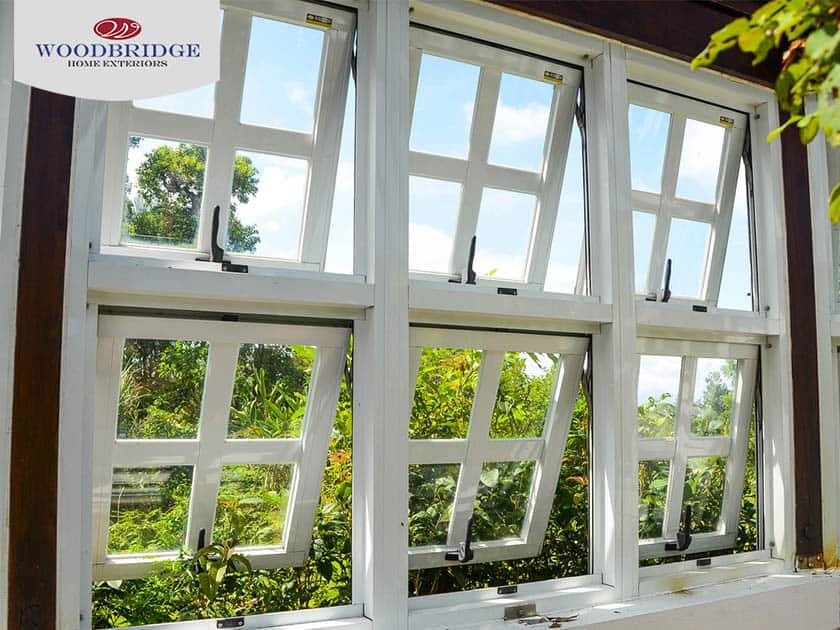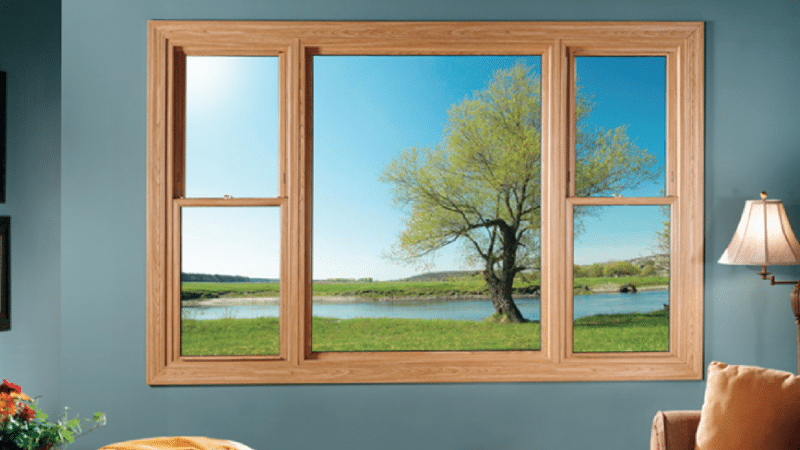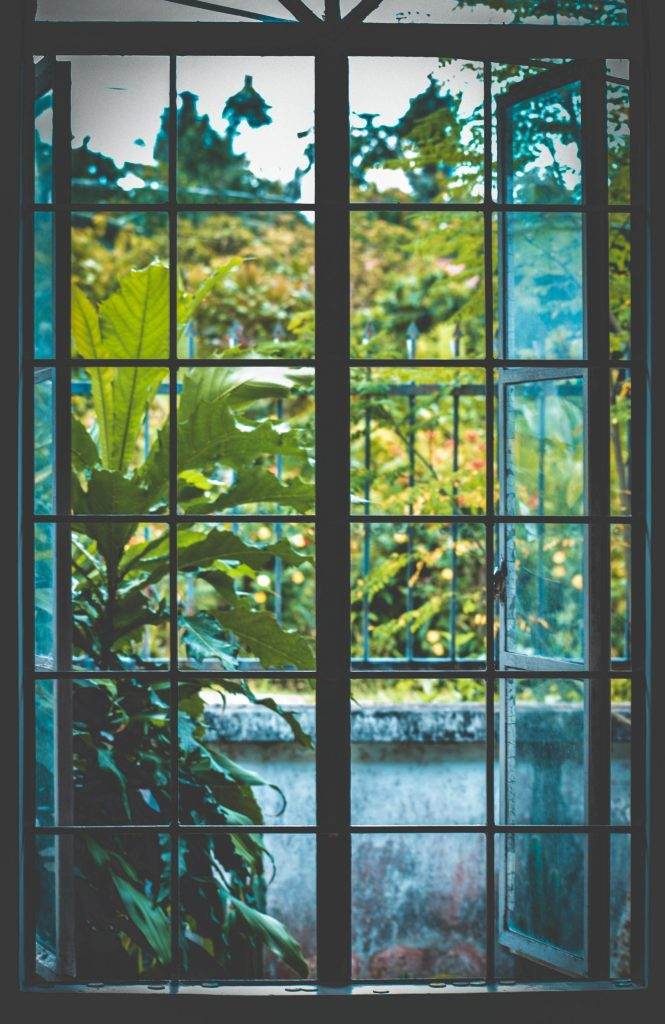When it comes to choosing the perfect windows for your home, there are a multitude of factors to consider. From style and functionality to energy efficiency and noise reduction, the options can be overwhelming. However, one often overlooked aspect is how well your windows can withstand strong winds. Whether you live in a hurricane-prone area or simply want to minimize drafts during those blustery days, finding the best windows for wind is essential. In this article, we will explore the top window choices that can withstand the forces of nature without compromising on style or efficiency. Whether you’re a seasoned homeowner or a first-time buyer, we’ve got you covered.

This image is property of www.woodbridgehomesolutions.com.
Different types of windows for wind resistance
When it comes to choosing windows that can withstand strong winds and turbulent weather conditions, there are several options available in the market. Each type of window has its own set of features, benefits, and drawbacks that should be taken into consideration. Let’s explore the different types of windows that are specially designed for wind resistance.
Double-hung windows
Double-hung windows are one of the most common types of windows found in many homes. These windows feature two operable sashes that can be opened or closed vertically. They provide excellent ventilation and are easy to clean. However, when it comes to wind resistance, double-hung windows may not be the most ideal choice. Their design allows for some air leakage and may not provide the tightest seal against strong winds. Therefore, for areas prone to high wind speeds, it is recommended to consider alternative window options.
Casement windows
Casement windows are hinged on one side and open outward by using a crank. They provide an unobstructed view and excellent ventilation. When it comes to wind resistance, casement windows are a popular choice. Their design allows for a tight seal when closed, minimizing air infiltration during strong winds. The compression seal provided by casement windows makes them highly effective in withstanding high wind speeds, making them a suitable choice for wind-prone areas.
Awning windows
Awning windows are hinged at the top and open outward. They are designed to allow ventilation even during rainy weather as the window sash creates a canopy-like effect when opened. Awning windows have excellent wind resistance capabilities due to their sealing mechanism. When closed, the sash presses against the frame, providing a tight seal against wind-driven rain and high winds. These windows are particularly beneficial in coastal areas or regions with frequent storms.
Slider windows
Slider windows, as the name suggests, slide horizontally to open and close. They are easy to use and provide a wide view area. However, when it comes to wind resistance, slider windows may not be the best option. While they can be made wind-resistant by using Impact-resistant glass and reinforced frames, their design inherently allows for more air leakage compared to other window types. It is important to carefully consider the wind zone of your area before choosing slider windows.
Fixed windows
Fixed windows do not open or close and are designed solely for the purpose of providing a clear view and allowing natural light into a space. Due to their stationary nature, fixed windows can be made extremely wind-resistant. They can be manufactured with impact-resistant or laminated glass and reinforced frames to ensure maximum protection against strong winds. Fixed windows are commonly used in areas prone to hurricanes or tornadoes, where their wind resistance capabilities play a crucial role in home safety.
Factors to consider for wind-resistant windows
Apart from the type of window, several factors contribute to the overall wind resistance of windows. It is important to take these factors into consideration when selecting windows for a wind-prone area.
Impact resistance
One of the key factors to consider for wind-resistant windows is impact resistance. Windows that are exposed to high winds are at risk of being hit by flying debris, which can lead to breakage and compromise the integrity of the window. To mitigate this risk, impact-resistant windows are recommended. These windows are designed with a strong interlayer and are capable of withstanding high-velocity impacts. Impact-resistant windows provide an added layer of protection and peace of mind during severe weather conditions.
Design pressure rating
Design pressure rating refers to the amount of resistance a window can provide against wind forces. This rating takes into account factors such as wind speed, air pressure, and the size of the window. It is essential to choose windows with an appropriate design pressure rating that matches the wind conditions in your area. Windows with higher design pressure ratings can withstand stronger winds without compromising their structural integrity.
Frame material
The material used in the construction of window frames plays a crucial role in their overall wind resistance. Different materials have varying levels of strength, durability, and resistance to wind and weather conditions. Common frame materials include vinyl, aluminum, wood, and fiberglass. While vinyl and fiberglass frames are known for their strength and durability, wood frames may require additional reinforcement to enhance wind resistance. It is important to choose a frame material that is suited for the wind conditions in your area.
Glass type
The type of glass used in wind-resistant windows is another important consideration. Impact-resistant glass and laminated glass are two popular options that provide enhanced wind resistance. Impact-resistant glass consists of multiple layers of glass with an interlayer that is designed to hold the glass together when shattered. Laminated glass, on the other hand, consists of a layer of polyvinyl butyral (PVB) sandwiched between two layers of glass. Both types of glass offer increased protection against breakage and are highly recommended for areas with high wind speeds.
Installation quality
No matter how wind-resistant a window is, its effectiveness can be compromised if not installed properly. Professional installation is crucial to ensure that the windows are securely attached to the frame and properly sealed. Proper sealing and weatherstripping prevent air leakage, enhancing the overall wind resistance of the windows. It is important to choose experienced and reputable installers who are knowledgeable in wind-resistant window installations.

This image is property of onesourcewindows.com.
Double-hung windows
Features and benefits
Double-hung windows offer a classic and timeless aesthetic that complements various architectural styles. They have two operable sashes, allowing for flexible ventilation options. With both the upper and lower sashes capable of being opened, double-hung windows provide excellent airflow. These windows are also relatively easy to clean, as the sashes can tilt inward for easy access. Furthermore, double-hung windows are often more cost-effective compared to other window types.
Drawbacks
While double-hung windows have their advantages, they may not be the most wind-resistant option. The design of double-hung windows allows for some degree of air infiltration and leakage. This can be problematic in areas with high wind speeds or during severe weather conditions. Additionally, the movable sashes can create potential weak points where the wind can penetrate the window. It is important to consider these drawbacks when choosing double-hung windows for windy locations.
Recommended wind zone
Due to their relatively lower wind resistance compared to other window types, double-hung windows are generally recommended for areas with lower wind speeds. They can be a suitable choice for moderate wind zones where the risk of severe weather conditions is minimal.
Casement windows
Features and benefits
Casement windows offer several features and benefits that make them a popular choice for wind-resistant applications. These windows are hinged on one side and open outward using a crank mechanism. When closed, the sash presses against the frame, providing a tight seal. This sealing mechanism minimizes air leakage and infiltration during high winds, making casement windows highly effective in wind-resistant applications. Moreover, casement windows provide an unobstructed view and excellent ventilation when opened, allowing for natural airflow into the space.
Drawbacks
While casement windows have numerous advantages, they may not be suitable for every situation. The outward swinging nature of casement windows can limit their installation options in areas with protrusions, such as trees or plants, outside the window. Furthermore, the crank mechanism may require periodic maintenance to ensure smooth operation. It is essential to consider these drawbacks before committing to casement windows.
Recommended wind zone
Casement windows are recommended for areas with moderate to high wind speeds. Their tight seal and compression mechanism provide excellent wind resistance, making them ideal for wind-prone locations or coastal regions with frequent storms.

This image is property of www.renewalwindowswa.com.
Awning windows
Features and benefits
Awning windows are hinged at the top and open outward, forming a sloping angle when opened. This design allows for ventilation even during rainy weather, as the sloping sash creates a canopy-like effect that prevents rain from entering. Awning windows offer excellent wind resistance due to their sealing mechanism. When closed, the sash presses against the frame, creating a tight seal that minimizes air infiltration. These windows also provide a wide and unobstructed view when opened, allowing for ample natural light and ventilation.
Drawbacks
While awning windows have their advantages, they may not be suitable for all situations. The outward-opening nature of awning windows can sometimes limit their installation options in areas with protruding objects or obstructions. Additionally, the sloping design of the window may result in reduced visibility compared to other window types. It is important to consider these drawbacks when choosing awning windows for your wind-resistant needs.
Recommended wind zone
Awning windows are recommended for areas with moderate to high wind speeds. Their tight sealing mechanism and sloping design make them highly effective in resisting wind-driven rain and strong winds. They are particularly beneficial in coastal areas or regions prone to storms.
Slider windows
Features and benefits
Slider windows, also known as gliding windows, feature two sashes that slide horizontally to open and close. They are easy to operate and provide a wide view area when fully opened. Slider windows offer good ventilation options, as they can be opened partially for controlled airflow. They are also relatively easy to maintain and clean. Additionally, slider windows can be customized with wind-resistant features such as impact-resistant glass and reinforced frames, providing enhanced wind resistance.
Drawbacks
While slider windows have their advantages, they may not offer the highest level of wind resistance compared to other window types. The design of slider windows inherently allows for some air leakage and infiltration. The sliding mechanism can result in potential weak points where the wind can penetrate. Therefore, it is important to consider the wind zone of your area and the additional wind-resistant features when choosing slider windows.
Recommended wind zone
Slider windows are generally recommended for areas with moderate wind speeds. They can be equipped with wind-resistant features to enhance their overall wind resistance. However, for areas with high wind speeds or frequent severe weather conditions, alternative window options may be more suitable.

This image is property of architropics.com.
Fixed windows
Features and benefits
Fixed windows, also known as picture windows, are designed to provide a clear view and allow natural light into a space. These windows do not open or close and are therefore highly wind-resistant. Fixed windows can be manufactured with impact-resistant or laminated glass, providing enhanced protection against strong winds and wind-driven debris. They are also a popular choice for their aesthetic appeal, as they offer uninterrupted views and can be customized in various shapes and sizes.
Drawbacks
While fixed windows offer exceptional wind resistance, they lack the ventilation capabilities of operable windows. They are unable to provide airflow unless combined with other types of windows or additional ventilation systems. It is important to consider the ventilation needs of the space when choosing fixed windows.
Recommended wind zone
Fixed windows are recommended for areas with high wind speeds, such as hurricane-prone regions or tornado alley. Their wind resistance capabilities and ability to withstand wind-driven debris make them a suitable choice for extreme weather conditions.
Impact resistance
Impact-resistant glass
Impact-resistant glass is a crucial feature to consider when choosing wind-resistant windows. This type of glass is designed to withstand high-velocity impacts without shattering into dangerous shards. Impact-resistant glass consists of multiple layers, usually two layers of glass with an interlayer in between. The interlayer is typically made of polyvinyl butyral (PVB) or ethylene-vinyl acetate (EVA). This interlayer holds the glass together even when it breaks, preventing it from falling apart and posing a safety risk.
Laminated glass
Laminated glass is another type of glass that offers enhanced wind resistance. It consists of two or more layers of glass bonded together with a layer of PVB or EVA interlayer. Laminated glass provides protection against breakage and can withstand high winds and impact without shattering. In the event of breakage, the glass remains adhered to the interlayer, maintaining the integrity of the window.
Reinforced frames
In addition to impact-resistant glass, reinforced frames are essential for enhanced wind resistance. Window frames can be reinforced with materials such as fiberglass or aluminum to provide added strength and stability. Reinforced frames help prevent windows from being dislodged or damaged during strong winds. It is important to choose windows with sturdy and reliable frames that are specifically designed for wind resistance.

This image is property of architecturaldigest.jppadmin.com.
Design pressure rating
Understanding design pressure rating
Design pressure rating is a measurement that indicates the amount of wind pressure a window can withstand. This rating takes into account factors such as wind speed, air pressure, and the size and configuration of the window. It is important to understand the design pressure rating of windows in order to choose the appropriate windows for the wind conditions in your area.
Choosing the appropriate rating
When selecting wind-resistant windows, it is crucial to choose the appropriate design pressure rating that matches the wind conditions of your area. Higher wind speeds require windows with higher design pressure ratings to ensure structural integrity and overall wind resistance. Consulting with a professional or a window specialist can help determine the appropriate design pressure rating for your specific location and needs.
Installation quality
Proper sealing and weatherstripping
Proper sealing and weatherstripping are essential for enhancing the wind resistance of windows. Air leakage and infiltration can compromise the effectiveness of wind-resistant windows. It is crucial to ensure that windows are properly sealed and weatherstripped during installation. This involves using high-quality sealants and weatherstrips to create a tight seal between the window frame and the wall. Proper sealing prevents air leakage and minimizes the risk of wind-driven rain entering the space.
Secure attachment to the frame
Secure attachment of windows to the frame is crucial for their wind resistance capabilities. Improperly fastened windows can become dislodged or damaged during strong winds. Professional installation ensures that windows are securely attached to the frame using appropriate fasteners and anchoring systems. It is important to choose experienced installers who have the knowledge and expertise to properly install wind-resistant windows.
Professional installation
Professional installation is highly recommended for wind-resistant windows. Proper installation ensures that all necessary measures are taken to enhance the wind resistance of the windows. Professional installers have the expertise and experience to correctly install windows, including proper sealing, attachment, and alignment. It is worth investing in professional installation to maximize the effectiveness and longevity of wind-resistant windows.
In conclusion, when it comes to selecting windows for wind resistance, it is important to consider the type of window, impact resistance, design pressure rating, frame material, glass type, and installation quality. Each type of window has its own set of features and benefits, as well as drawbacks. Carefully assessing the wind conditions of your area and considering these factors will help you choose the most suitable windows that can withstand strong winds and protect your home. Remember to consult with professionals and window specialists to ensure that you make informed decisions and achieve the best wind-resistant solution for your needs.
